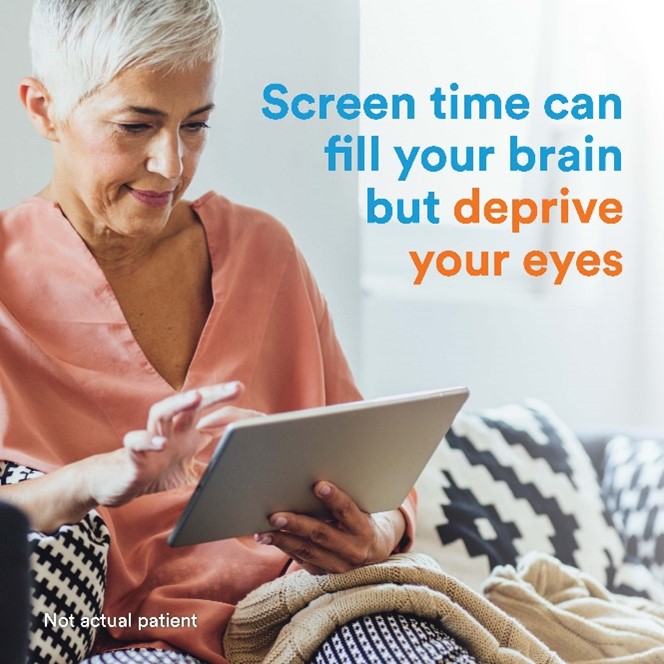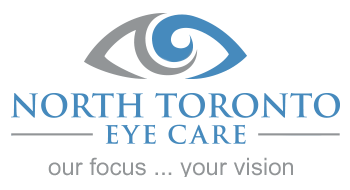Digital devices use have become so ingrained in our everyday life. From reading text messages on our cell phones, to reading emails on the computer, to watching television as we wind down for the day. While these devices do not cause permanent damage to our eyes, they will cause eye fatigue and strain, and dry eyes. With prolonged device use, we might experience headaches, eye discomforts such as sandiness, tiredness, and tearing. While avoiding these technologies seems like the best solution, it would be unrealistic to do! Here are a few things you can do to get your eyes more comfortable during screen time.

1. Blinking
Blinking is so important when it comes to giving your eyes the break they need. We usually blink 15 times per minute, but when we are looking at devices, our blink rate is reduced to 5 to 7 times per minute! This means we are blinking about 50% less than usual, so no wonder our eyes are so tired end of the day! When our eyes are open too long, the natural tears that hydrate our eyes evaporate, and blinking helps replenish those tears. Remind yourself to blink often, such as every 30 minutes to 1 hour of device use, close your eyes for a few seconds.
2. Artificial Tears
Sometimes blinking enough doesn’t quite do the job in keeping our eyes hydrated. In those cases, consider adding a good quality artificial tear while using devices.
3. Humidifier
If you find yourself reaching for the artificial tears very often while on a device, maybe it’s time to hydrate the room by using a humidifier.
4. “20-20-20” Rule
Focusing on your devices 1-2 feet away from your eyes can be straining. Our eyes are most relaxed when looking into the distance (so that’s anything further than an arm’s length). The “20-20-20” rule suggests that for every 20 minutes of device use, you look at an object at least 20 feet away, for at least 20 seconds to relax your eyes.
4. Glasses
While the 20-20-20 Rule helps ensure you are taking breaks from near work, you might also benefit from a pair of glasses to help your eyes focus. While you may be able to see your computer or laptop clearly, sometimes having a pair of computer glasses might help reduce the amount of strain your put your eyes during near work. Keep in mind that computer glasses, are NOT the same as “blue light blocking” glasses. “Blue light blocking” glasses have a special coating on the lenses that help reduce the amount of blue light coming from our devices from entering our eyes.
5. Screen adjustments
Often times our screens are just too bright or we have a window nearby that is causing glare to bounce off of your screen. This will put more strain on your eyes. Consider adjusting your screen brightness to match the brightness around you. However, don’t make your screen too dim that you now have to strain to see it as well.
You can get a matte screen filter to help reduce the glare coming off of your screen. Try angling your screen so you are not getting light bouncing off of your screen and into your eyes.
Try to position your computer monitor so that it is about an arm’s length away and the screen is slightly lower than eye level. When our screens are positioned too high, our eyes end up having to open bigger to look higher, and this will cause our eyes to dry out more, and it will take more effort to blink.
Now that you have reached the end of this article, time for you to get your blinks in. Enjoy!
Boyd, Kierstan. “Computers, Digital Devices and Eye Stain.” American Academy of Ophthalmology, 3 Mar. 2020, https://www.aao.org/eye-health/tips-prevention/computer-usage. Accessed on 9, Sept. 2022
